Unlocking the Power of Nutrition
The Top 5 Healthiest Foods, In today’s fast-paced world, it’s easy to get caught up in the hustle and bustle of daily life and neglect our diets. However, a healthy diet is essential for maintaining optimal physical and mental well-being. With so many food options available, it can be overwhelming to determine which foods are truly the healthiest.
After reviewing the latest scientific research and consulting with top nutrition experts, we’ve compiled a list of the top 5 healthiest foods that you should incorporate into your diet. These foods are packed with essential nutrients, antioxidants, and other beneficial compounds that can help prevent chronic diseases, boost energy levels, and support overall health.
1. Leafy Greens (such as Kale, Spinach, and Collard Greens
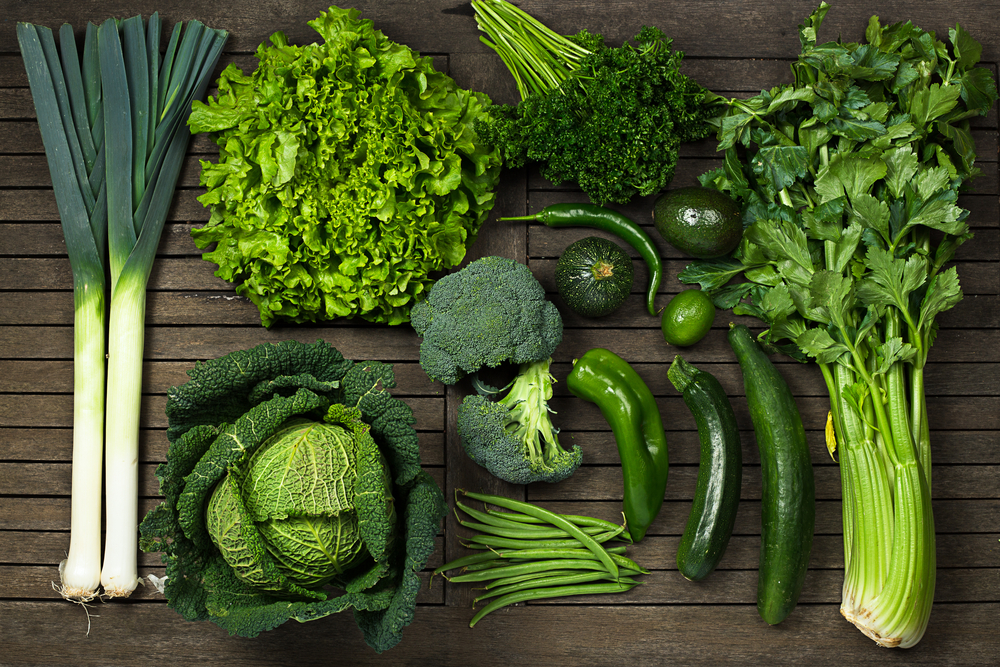
Leafy greens are some of the most nutrient-dense foods on the planet. They’re rich in vitamins A, C, and K, as well as minerals like calcium and iron. These greens are also packed with antioxidants and other beneficial compounds that have been shown to reduce inflammation, improve heart health, and support eye health.
One of the most significant benefits of leafy greens is their ability to reduce the risk of chronic diseases. Studies have shown that consuming leafy greens regularly can lower the risk of heart disease, stroke, and type 2 diabetes. Additionally, the antioxidants and other beneficial compounds in leafy greens may help reduce the risk of certain cancers.
2. Berries (such as Blueberries, Raspberries, and Strawberries
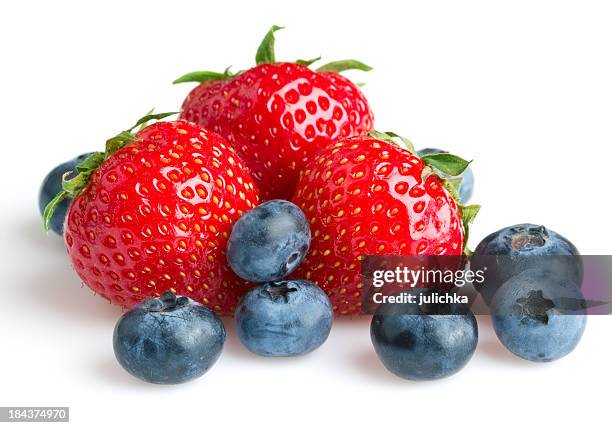
Berries are a powerhouse of nutrition, bursting with vitamins, minerals, and antioxidants. They’re rich in vitamin C, potassium, and fiber, making them an excellent choice for supporting heart health, digestive health, and immune function. Berries have also been shown to have anti-inflammatory properties and may help reduce the risk of chronic diseases like cancer and cognitive decline.
One of the most significant benefits of berries is their ability to support cognitive function. Studies have shown that consuming berries regularly can improve memory, attention, and processing speed. Additionally, the antioxidants and other beneficial compounds in berries may help reduce the risk of age-related cognitive decline.
3. Fatty Fish such as Salmon, Sardines, and Tuna
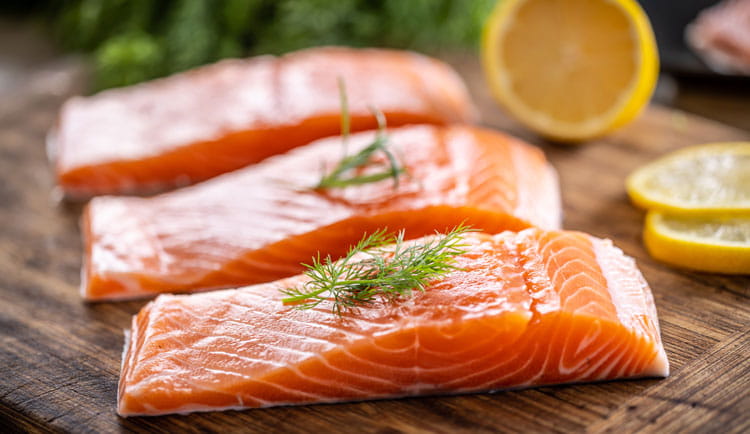
Fatty fish are an excellent source of omega-3 fatty acids, which are essential for heart health, brain function, and inflammation regulation. These fish are also rich in protein, vitamin D, and selenium, making them an excellent choice for supporting overall health. Fatty fish have been shown to reduce the risk of chronic diseases like heart disease, stroke, and depression.
One of the most significant benefits of fatty fish is their ability to support heart health. Studies have shown that consuming fatty fish regularly can lower triglycerides, reduce blood pressure, and prevent blood clots. Additionally, the omega-3 fatty acids in fatty fish may help reduce inflammation and improve symptoms of conditions like rheumatoid arthritis.
4. Sweet Potatoes
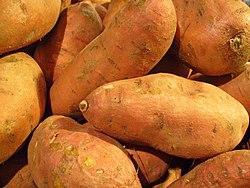
Sweet potatoes are a nutrient-rich food that’s rich in vitamins A and C, potassium, and fiber. They’re also an excellent source of antioxidants and other beneficial compounds that have been shown to reduce inflammation, improve heart health, and support immune function. Sweet potatoes are also low on the glycemic index, making them an excellent choice for supporting blood sugar control.
One of the most significant benefits of sweet potatoes is their ability to support immune function. Studies have shown that consuming sweet potatoes regularly can boost the immune system, reducing the risk of illnesses like the common cold and flu. Additionally, the antioxidants and other beneficial compounds in sweet potatoes may help reduce the risk of chronic diseases like cancer and heart disease.
5. Avocados
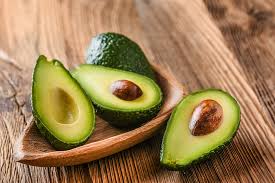
Avocados are a nutrient-dense food that’s rich in healthy fats, fiber, and various essential vitamins and minerals. They’re an excellent source of potassium, vitamin C, and vitamin E, making them an excellent choice for supporting heart health, digestive health, and immune function. Avocados have also been shown to have anti-inflammatory properties and may help reduce the risk of chronic diseases like heart disease and cancer.
One of the most significant benefits of avocados is their ability to support heart health. Studies have shown that consuming avocados regularly can lower cholesterol levels, reduce blood pressure, and prevent blood clots. Additionally, the healthy fats and fiber in avocados may help reduce inflammation and improve symptoms of conditions like arthritis.
Incorporating these Foods into Your Diet
Incorporating these top 5 healthiest foods into your diet is easier than you think. Here are some simple tips to get you started:
Here are some simple tips to get you started in incorporating the top 5 healthiest foods into your diet:
Leafy Greens
1. Add to salads: Throw a handful of spinach or kale into your favorite salad recipe.
2. Sauté with garlic: Quickly cook chopped leafy greens with garlic as a side dish.
3. Blend into smoothies: Add a handful of spinach or kale to your favorite smoothie recipe.
4. Use in soups: Add leafy greens to soups like minestrone or creamy broths.
5. Make a green juice: Juice leafy greens with other veggies for a nutrient-packed drink.
Berries
1. Snack on fresh berries: Enjoy fresh berries as a healthy snack.
2. Add to oatmeal or yogurt: Mix fresh or frozen berries into oatmeal or yogurt.
3. Make a berry smoothie: Blend berries with milk or yogurt for a quick and easy smoothie.
4. Use in baked goods: Substitute some of the sugar in baked goods with frozen berries.
5. Freeze for later: Freeze fresh berries to enjoy in smoothies or as a snack later.
Fatty Fish
1. Grill or bake: Grill or bake fatty fish like salmon or sardines for a protein-packed dinner.
2. Add to salads: Top salads with canned tuna or salmon for a protein boost.
3. Make fish tacos: Use canned or fresh fish to make tacos with your favorite toppings.
4. Use in sushi: Enjoy fatty fish like salmon or tuna in sushi rolls.
5. Make a fish soup: Simmer fatty fish with veggies and broth for a nutritious and comforting soup.
Sweet Potatoes
1. Roast as a side dish: Roast sliced or cubed sweet potatoes with olive oil and seasonings.
2. Make mashed sweet potatoes: Boil or bake sweet potatoes, then mash with milk and butter.
3. Use in soups: Add diced sweet potatoes to soups like minestrone or chili.
4. Make sweet potato fries: Slice sweet potatoes into fries, toss with oil and seasonings, and bake until crispy.
5. Make a sweet potato casserole: Top mashed sweet potatoes with marshmallows, nuts, and a crunchy topping.
Avocados
1. Make guacamole: Mash ripe avocados with lime juice, salt, and your favorite spices.
2. Add to salads: Slice or dice avocados and add to salads for a creamy, nutritious topping.
3. Use in sandwiches: Spread mashed avocado on sandwiches for a healthy, creamy alternative to mayonnaise.
4. Make avocado toast: Toast whole grain bread, mash avocado, and spread on top.
5. Use in smoothies: Blend avocado with milk or yogurt for a creamy, nutritious smoothie.
Remember, incorporating these foods into your diet is all about making small, sustainable changes. Start with one or two foods and gradually add more to your diet. Happy cooking!
The Benefits of a Balanced Diet
A balanced diet that includes a variety of whole, unprocessed foods can provide numerous health benefits. Some of the benefits of a balanced diet include:
1. Weight Management: A balanced diet can help you maintain a healthy weight, reduce your risk of obesity-related diseases, and improve your overall health.
2. Improved Energy: Eating a balanced diet can provide you with the energy you need to stay active and focused throughout the day.
3. Reduced Risk of Chronic Diseases: A balanced diet can help reduce your risk of chronic diseases, such as heart disease, stroke, and diabetes.
4. Improved Mental Health: Eating a balanced diet can help improve your mental health by providing your brain with the nutrients it needs to function properly.
5. Better Digestion: The Top 5 Healthiest Foods help improve your digestion, reduce your risk of digestive disorders, and support the growth of beneficial gut bacteria.
Tips for Maintaining a Balanced Diet
Maintaining a balanced diet can be challenging, but there are several tips that can help. Here are some tips for maintaining a balanced diet:
1. Eat a Variety of Foods: Eating a variety of foods can help ensure that you get all the nutrients your body needs.
2. Include Plenty of Fruits and Vegetables: Fruits and vegetables are rich in vitamins, minerals, and antioxidants, making them an essential part of a balanced diet.
3. Choose Whole Grains: Whole grains, such as brown rice, quinoa, and whole wheat bread, are rich in fiber, vitamins, and minerals.
4. Incorporate Lean Protein Sources: Lean protein sources, such as chicken, fish, and tofu, can help provide your body with the protein it needs to build and repair tissues.
5. Limit Your Intake of Processed and Sugary Foods: Processed and sugary foods are often high in unhealthy fats, added sugars, and sodium, making them a less-than-ideal choice for a balanced diet.
Common Nutritional Deficiencies
Even with a balanced diet, it’s possible to experience nutritional deficiencies. Here are some common nutritional deficiencies and their symptoms:
1. Iron Deficiency: Iron deficiency is one of the most common nutritional deficiencies worldwide. Symptoms of iron deficiency include fatigue, weakness, pale skin, and shortness of breath.
2. Vitamin D Deficiency: Vitamin D deficiency is common, especially in people who live in northern latitudes or have limited sun exposure. Symptoms of vitamin D deficiency include fatigue, weakness, and bone pain.
3. Calcium Deficiency: Calcium deficiency can lead to weakened bones and osteoporosis. Symptoms of calcium deficiency include muscle cramps, weakness, and numbness or tingling in the fingers and toes.
4. Vitamin B12 Deficiency: Vitamin B12 deficiency can lead to fatigue, weakness, and neurological symptoms. Symptoms of vitamin B12 deficiency include numbness or tingling in the hands and feet, weakness, and difficulty walking.
According to: Betty Gold and Samantha: Lefflerhttps://www.realsimple.com/health/nutrition-diet/healthy-eating/the-30-healthiest-foods
All too often, seemingly healthy snacks are secretly loaded with sugar, saturated fat, and carbohydrates. That’s why we handpicked the healthiest foods to eat that are delicious and incredibly easy to cook. After all, rule number one for sticking to a smart meal plan is to not get bored, and these healthy ingredients will keep you on your toes (promise!).
You’ll notice something that all these healthy foods have in common: Each one is a basic ingredient, such as a fruit, vegetable, grain, or a dairy product. That means no pre-packaged products with a laundry list of strange-sounding ingredients.
Conclusion
Maintaining a balanced diet is essential for overall health and well-being. By eating a variety of whole, unprocessed foods, including fruits, vegetables, whole grains, lean protein sources, and healthy fats, you can provide your body with the nutrients it needs to function properly. Additionally, being aware of common nutritional deficiencies and taking steps to prevent them can help ensure that you’re getting all the nutrients your body needs.
Final Thoughts
In conclusion, The Top 5 Healthiest Foods, a balanced diet is essential for maintaining overall health and well-being. By following the tips outlined in this article, you can help ensure that you’re getting all the nutrients your body needs to function properly. Remember to eat a variety of whole, unprocessed foods, including fruits, vegetables, whole grains, lean protein sources, and healthy fats. Additionally, be aware of common nutritional deficiencies and take steps to prevent them. By taking control of your diet and
